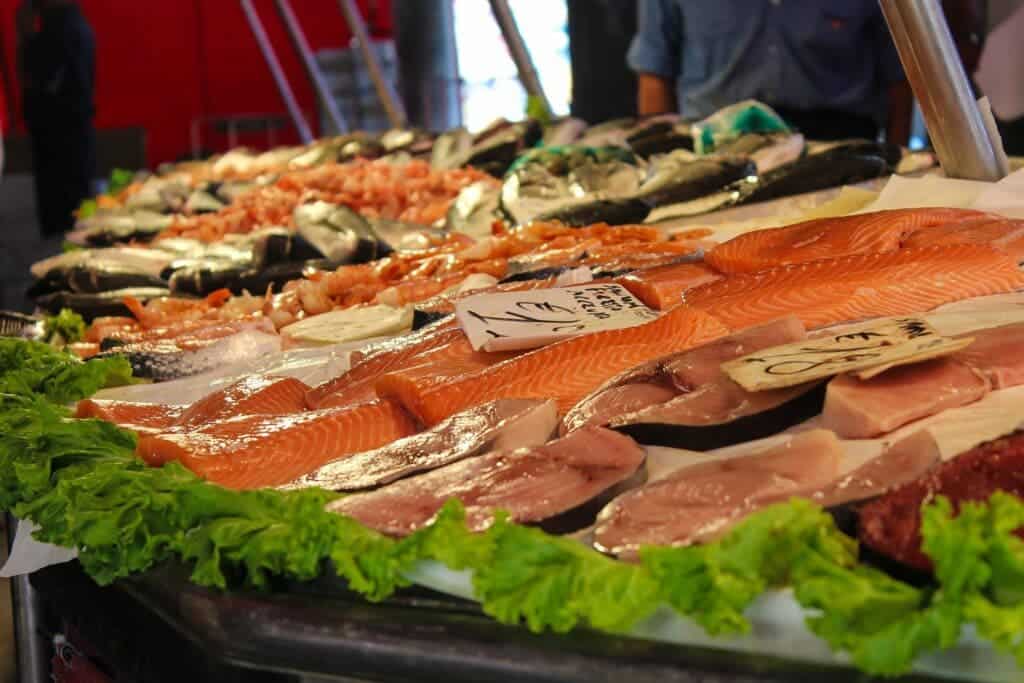Climate change could starve out the oceans, finds a new study from the University of Adelaide.

Man-made climate change is a threat to all life on the planet whether it flies, walks, swims, or crawls. That being said, individual types of ecosystems will feel the heat at different times, and in different ways.
Sadly for us, marine ecosystems will be among the first. The oceans have always had a special connection to life — this is where it spawned. Even today, ocean ecosystems are the linchpin of life, supplying food, oxygen, and recycling essential nutrients for us landlubbers.
Marine ecosystems, the new paper reports, are in for a rough time. Increased average temperatures and higher CO2 atmospheric content threaten to push the food webs maintaining marine ecosystems beyond their breaking point.
Storms a-brewing
“Healthy food webs are critical for ecosystems so that the world’s oceans can continue to provide an important source of food for humans,” says lead author Professor Ivan Nagelkerken, from the University of Adelaide’s Environment Institute.
“Greenhouse gas emissions are affecting the health and persistence of many marine species because of increasing seawater temperatures and CO2 levels. Our research shows that ocean warming reshuffles species communities; the abundance of weedy plant species increases but the abundance of other species, especially invertebrates, collapses.”
The researchers modeled a coastal ecosystem consisting of three habitats that are predominant in the Gulf St. Vincent, Adelaide, where the South Australian Research and Development Institute (SARDI) maintains a site. They then observed how higher temperatures and ocean acidification would impact these areas.
All in all, the ‘trophic pyramid’, which is a schematic of who eats who in an ecosystem, would grow at the base and the top, but contract in its middle layers. This “unusual profile” most likely describes a “transitory state” before a collapse, Nagelkerken explains. After this collapse, marine food webs will be “shortened, bottom-heavy”, meaning they will house much fewer species, and most of them will be plants or plant-eaters. In marine food webs, fish are generally the top predators (and, as such, the highest on the pyramid).
Trophic pyramids show how energy and nutrients flow in an ecosystem; to be sustainable, they need to be triangular in shape, with many species at the bottom (thereby concentrating energy on this level). As each species feeds on the level below, this energy is moved up the pyramid. If the lower levels aren’t abundant enough, everything above them falls apart (goes extinct, or close to).
“Where food web architecture lacks adjustability, ecosystems lack the capacity to adapt to global change and ecosystem degradation is likely,” says collaborator and co-author Professor Sean Connell from the University of Adelaide’s Environment Institute.
“Marine food webs that are not able to adapt to global change show all the signs of being transformed into a food web dominated by weedy algae. Even though there were more plants at the bottom of the food web, this increased energy does not flow upwards towards the top of the food web.”
While things don’t look encouraging now, the team says that future emissions of carbon dioxide are only going to make the problem worse.
Unless some species quickly adapt to the new conditions, ocean ecosystems are likely to become much less abundant in the future. The species we most rely on economically and for food are exactly the ones that are at risk of collapse.
“An ecological tipping point may be passed beyond which the top of the food web can no longer be supported, with an ensuing collapse into shorter, bottom-heavy trophic pyramids,” says Professor Nagelkerken.
“This will weaken the health and sustainability of ocean ecosystems unless species are capable of genetic adaptation to climate stressors in the near future.”
The paper “Trophic pyramids reorganize when food web architecture fails to adjust to ocean change” has been published in the journal Science.









